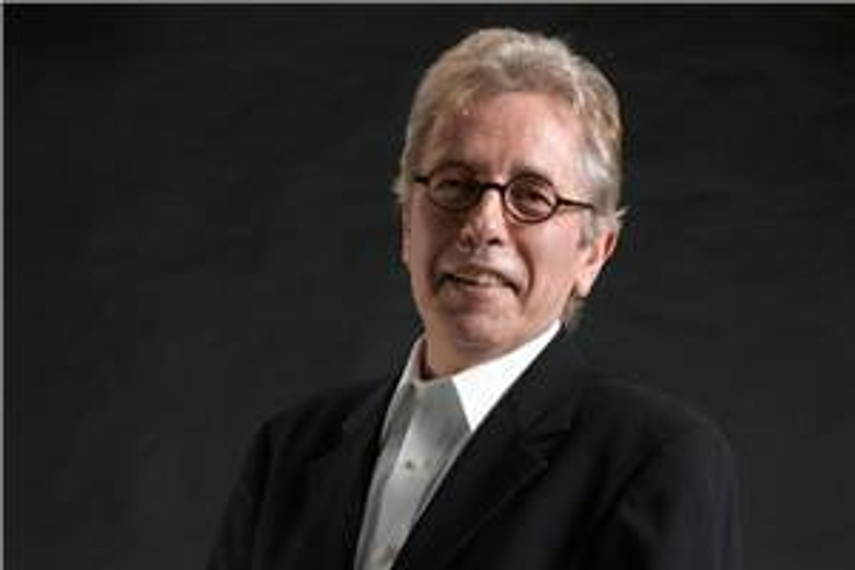
Please sign in or register
Existing users sign in here
Having trouble signing in?
Contact Customer Support at
[email protected]
or call+91 22 69489600
Taglines can leave an impression of your value, says the author

Contact Customer Support at
[email protected]
or call+91 22 69489600
Top news, insights and analysis every weekday
Sign up for Campaign Bulletins
Industry leaders do a little crystal ball gazing and predict how the transformative tech will shape their industry or job function in 2026.
Tanishq pairs Bollywood couple Javed Akhtar and Shabana Azmi to sell natural diamonds, but then lets provenance speak louder than romance.
This piece is not a farewell to PR, but a farewell to an older mental model of it.
Across categories and platforms, the year’s standout campaigns trusted audiences, tapped lived behaviour, and let cultural insight — not clutter — drive impact.